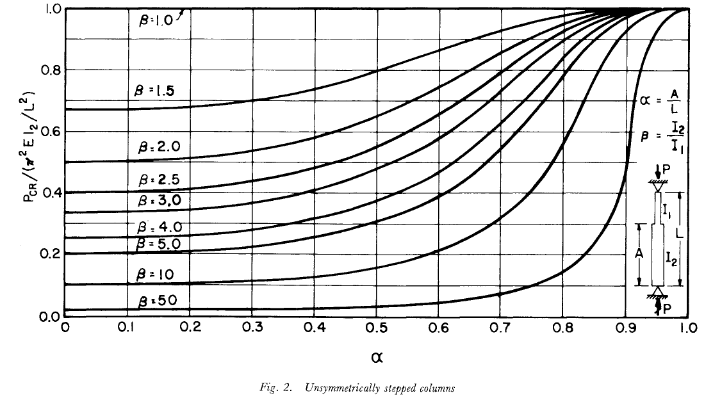BulbTheBuilder
Structural
I am running an analysis and design check on an existing column. The flat slab at the mezzanine floor is to demolished which will result in about 30' long column. The column size above the mezzanine floor varies from the size below. In this scenario, how do I check slenderness for this column(non-braced)?
Do I use an averaged "r" to check the slenderness effect? Does same applies to "Ig"? How do I effectively account for my stability properties "Q" and "Pc"? Is it possible for the upper column to buckle without the lower one? What the best way to approach this problem?
The building is a hotel and the column happens to be exterior so it has low-gravity load and lateral load (wind on the column). I have attached a sketch of the column
Do I use an averaged "r" to check the slenderness effect? Does same applies to "Ig"? How do I effectively account for my stability properties "Q" and "Pc"? Is it possible for the upper column to buckle without the lower one? What the best way to approach this problem?
The building is a hotel and the column happens to be exterior so it has low-gravity load and lateral load (wind on the column). I have attached a sketch of the column

